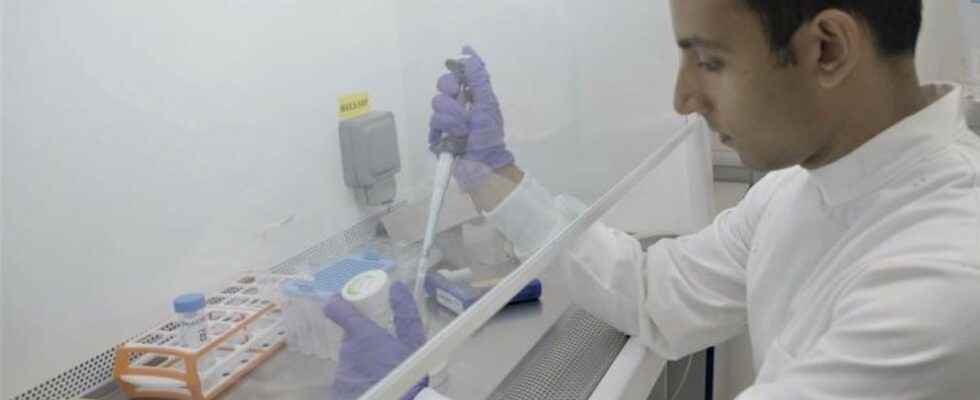Posted ,
Reading 2 mins.
Is the promise of being able to rejuvenate our cells about to see the light of day? In any case, this is what researchers from Cambridge, England promise. They studied the process of skin cell rejuvenation in mice and succeeded in reducing the biological age of their cells.
Are we moving towards a possibility of rejuvenating our cells? Scientists at the Babraham Institute, a scientific organization in Cambridge, are convinced of this. Their results are published in the journal aging cell.
Cell reprogramming
By working on old mice, the authors wanted to stimulate the ability of these rodents to repair their tissue damage. Once modified, the mouse cells were able to produce more collagen, which allowed their wounds to heal faster and without scarring, compared to control mice.
The reprogrammed mice did not change blood-wise as is usually seen in older animals, the researchers observed, and they also benefited from rejuvenation of their organs, such as their kidneys and skin. .
Towards regenerative medicine?
According to Dr. Diljeet Gill, one of the authors of this work and researcher at the Babraham Institute, “our understanding of aging at the molecular level has advanced over the past decade. This new experiment represents a major step forward in our understanding of cell reprogramming. We have proven that cells can be rejuvenated without losing their function and that rejuvenation seeks to restore certain functions to old cells.”.
Asked about the question, Dr. Christophe de Jaeger, physiologist and member of the committee of experts of Doctissimo, is not surprised by this discovery. “Scientists have been working on this type of experiment for many years. It’s no wonder they get to work things out about animals.” explains the specialist.
What are the dangers for humans?
The results of this study encourage the authors to continue their work. But what are the risks of this kind of manipulation, if we could one day apply them to humans? “It must be understood that this kind of experiment is an intervention on the genome of the cell, with a significant risk of mutation” explains Dr. de Jaeger. “The risk is therefore to induce a mutated cell – and a single cell is enough – to then create a cancerous pathology. adds the doctor.
“However, if this risk is excluded, the progress of this type of modification would be spectacular. We could repair an organ to treat a patient without the need to transplant it, and avoid the complications linked to the potential rejection of the graft. And treat the organs that we do not know how to transplant. As a specialist in senescence, I can only encourage this kind of work” he concludes.
